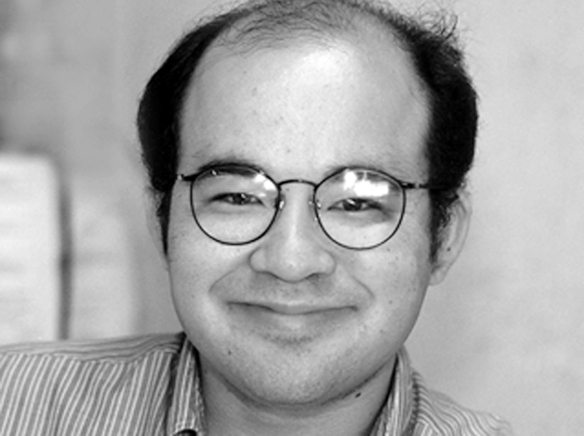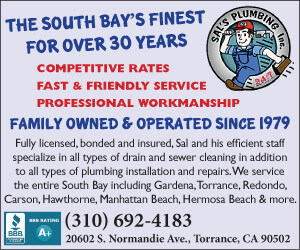A recent trip to England gave me the rare opportunity to try both the LAX FlyAway Bus and the Heathrow Express.
British passenger trains share some similarities with American trains. Like the United States, Great Britain has been relatively slow to adopt high-speed rail. At the moment, the only true high-speed rail in England links London with Paris via the Chunnel.
Britain, like the U.S., also has quite a few diesel trains.
A recent trip to England gave me the rare opportunity to try both the LAX FlyAway Bus and the Heathrow Express.
British passenger trains share some similarities with American trains. Like the United States, Great Britain has been relatively slow to adopt high-speed rail. At the moment, the only true high-speed rail in England links London with Paris via the Chunnel.
Britain, like the U.S., also has quite a few diesel trains.
However, while the grand majority of American passenger trains are likely to remain diesel-powered for the time being, British passenger trains are a balanced mixture of diesel and electric. Great Britain has electrified some of their rail lines and they are considering electrification for many other diesel lines.
Pedantic rail fans will point out that diesel trains are in fact “diesel-electric” hybrids, with a diesel engine providing power to the electric motors which turn the wheels. However, diesel engines do still pollute more than all-electric trains, and they can’t take advantage of solar, wind and other alternative power sources.
Electric trains are also quieter, and provide quick, smooth acceleration. Electrification has a lot of advantages.
The Heathrow Express is electric, fast, quiet and comfortable. There are several airport stations, one for Terminal 5, one for terminals 1-3 and a shuttle to terminal 4.
I flew British Airways, so I used Terminal 5. The Terminal 5 station is right at the front entrance to the terminal.
The Heathrow Express is more expensive than the subway, which has its own stations at the various Heathrow terminals. However, the trains are faster than the Tube and the service is quite convenient. I didn’t need to consult a schedule to know that there would be a train waiting at Paddington Station when I needed to get to the airport.
On my way back to the United States, I spent a night in Little Tokyo after arriving at LAX. This gave me the chance to try the FlyAway Bus.
The FlyAway is not currently convenient for South Bay travelers, because they have not yet developed a South Bay-to-LAX route (a Torrance route is supposed to be coming in the near future). But it can be very useful for people living in the San Fernando Valley or for visitors staying in downtown Los Angeles, Hollywood or the Westside.
The bus stops at all of the terminals at LAX. The FlyAway service uses large highway buses (rather than the smaller Metro city buses) with plenty of room for large suitcases.
The service is cheap, and I only had to wait a few minutes for a bus to arrive. This was partially just dumb luck, but the bus to Union Station is supposed to run every 30 minutes most of the time.
Naturally, because the buses use the freeway, the schedule is highly dependent upon freeway traffic. It helps a lot that the bus can use the toll lanes on the Harbor Freeway. At 8:30 p.m. on a Sunday, the bus zipped from LAX to downtown in about 30 minutes.
Although the bus wasn’t full when it left Tom Bradley International Terminal, it was full by the time it picked up passengers at Terminal 7, so the service does attract plenty of customers.
From Union Station, it was a quick Metro Gold Line ride and a short walk to my hotel in Little Tokyo.
The FlyAway service isn’t perfect, but it’s the next-best thing to a direct rail connection to LAX.
James Fujita is a former GVN news editor. He works as a copy editor for the Visalia Times-Delta in California’s Central Valley. Fujita can be contacted at jim61773@yahoo.com



















